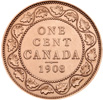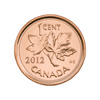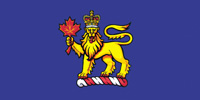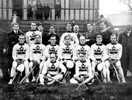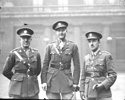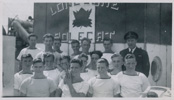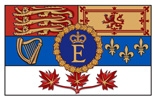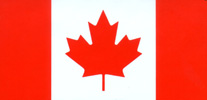Timeline: The maple leaf
Have you ever wondered why a maple leaf was chosen for the National Flag of Canada? Follow this timeline to learn about some of the major moments in the evolution of the maple leaf as a symbol of Canada.
Did You Know?
Today, the maple leaf is instantly recognized as the symbol of Canada. But it wasn’t always the case! In fact, thanks to the expanding fur trade 400 years ago, the first popular Canadian symbol was… the beaver!
The maple tree with its vibrant autumn colours has always been a prominent feature of the landscape in the eastern parts of Canada. The Indigenous peoples living in these areas valued the maple tree for its sweet sap and the goods derived from it. While this remarkable tree made a distinct impression on early settlers, it wasn’t until the 19th century that the maple leaf itself emerged as a symbol of national identity. From that time onwards, the leaf appeared more and more frequently, becoming the well-loved symbol of Canada it is today.
1834

1836

1848

1849

1850

1860

1867

1868

1870

1899-1902

1908

1910-1913

1914-1918 First World War

1919

1921

1927

1939- 1945 Second World War

1957

1961

1964

1965













